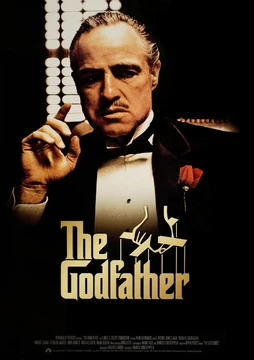The Boogeywoman (2019) is an atmospheric short film that masterfully blends supernatural horror with the psychological complexities of adolescence. Written and directed by Erica Scoggins, this 17-minute film is far more than a typical horror story—it’s a powerful and symbolic exploration of the fears, anxieties, and transformations that accompany coming of age, particularly for young women.
Set in a small Southern town, the film follows 16-year-old Sam, who is just starting to experience the physical and emotional changes of puberty. One night, while at a roller-skating rink, Sam has her first period, a moment that triggers a sense of both fear and fascination with her body. This deeply personal and intimate moment sets the stage for the chilling urban legend of the ‘Boogeywoman,’ a supernatural figure who preys on young women as they undergo this pivotal transformation
What makes The Boogeywoman so compelling is how it intertwines the legend with the real-life emotions of the protagonist. The fear of the Boogeywoman mirrors the uncertainty and fear Sam feels as she navigates her changing body, the social pressures around her, and the stigma that can surround menstruation. The supernatural element acts as both a literal and metaphorical representation of the fears associated with womanhood—both the unknown external threats and the internal anxieties young women experience as they come of age.
The film’s tone is haunting and evocative, with Scoggins creating a sense of dread through carefully constructed visuals and sound design rather than relying on jump scares or overt horror tropes. The skating rink, normally a place of fun and freedom, becomes a site of tension and transformation. The eerie lighting, disorienting soundscapes, and isolated atmosphere intensify the feeling of unease, as the legend of the Boogeywoman looms over Sam and the audience.
The Boogeywoman also stands out for its subtle handling of gender, power, and societal expectations. As Sam’s peers share stories about the Boogeywoman, it’s clear that these fears are deeply ingrained in cultural attitudes toward womanhood and the female body. The film touches on the shame and secrecy that can surround menstruation, using horror to expose how society often makes young women feel alienated from their own bodies.
Scoggins’ direction, combined with Grace Glowicki’s vulnerable and authentic performance as Sam, brings the emotional complexity of the story to life. We see Sam’s fear, confusion, and fascination all collide in a way that feels deeply personal. The Boogeywoman, rather than being a straightforward monster, becomes a representation of the internal and external threats that haunt Sam as she steps into womanhood.
What’s truly remarkable about The Boogeywoman is how it manages to be both a terrifying horror story and a poignant commentary on the rites of passage young women face. It uses the supernatural to reflect the real-world anxieties surrounding puberty, bodily autonomy, and the transition into adulthood, making it both a thought-provoking and chilling experience.
In conclusion, The Boogeywoman (2019) is a short film that should not be missed, especially for fans of horror that delves deeper into psychological and social themes. It’s a haunting, beautifully crafted exploration of fear, transformation, and the complexities of growing up as a woman. With its unique blend of horror and coming-of-age storytelling, The Boogeywoman leaves a lasting impression that will linger long after the credits roll.




